Understanding the Type Rating Course for Pilots: An Insightful Overview
Welcome to this blog post, a valuable segment of our extensive guide on “How To Become A Commercial Pilot.” Here, we delve into the intricacies of the Type Rating course, offering insights into its necessity, structure, and what you can anticipate. Additionally, I’ll share my personal experience undergoing the Type Rating for the Airbus A320.
What is a Type Rating for Pilots?
When transitioning to a new aircraft type or joining a new airline, pilots are required to complete a Type Rating course. This certification grants the license to operate a specific aircraft. For instance, my Type Rating is for the Airbus A320, enabling me to fly the A318, A319, A320, and A321 within the same family. However, it does not extend to aircraft like the Airbus A350 or Boeing 787, necessitating a distinct Type Rating. This course marks the final phase of full flight simulator training in the journey to becoming an airline pilot.
Pilot Training – Type Rating Ground School
The course commences with an extensive ground school lasting several weeks. During this phase, pilots gain in-depth knowledge about the specific systems of the aircraft. While a comprehensive engineering understanding is not expected, a grasp of system functionalities is essential. Pilots also familiarize themselves with the airline’s Standard Operating Procedures (SOPs) and the aircraft itself. Successful completion of exams leads to the commencement of the simulator phase.
The Type Rating Simulator Phase
The simulator phase is customized to the specific aircraft type and the airline’s SOPs, resembling aspects of the Airline Qualification Course (AQC). This phase involves training in intricate scenarios and emergencies, requiring a more profound understanding of SOPs. The comprehensive operating procedures cover everything from pre-flight preparations to engine shutdown and aircraft securing. Dedication is crucial during this time-intensive process, enhancing the pilot’s ability to handle non-normal events while ensuring safe aircraft operation. Proficiency in SOPs is vital not just for the Type Rating course but throughout a pilot’s career with the airline.
Type Rating Training – Mastering Complex Failures
The simulator phase encompasses the handling of complex emergencies, including hydraulic faults, system malfunctions, and engine fires. Pilots undergo training in Engine Failure at Take-Off (EFATO), a critical skill given its occurrence at a pivotal flight stage. Landing the aircraft with one engine inoperative is a requisite skill, with the number of remaining engines varying by aircraft type. The training adapts to different scenarios, such as single-engine operation or handling three engines for certain jet models like the Jumbo Jet and Airbus A380.
ATPL Skills Test
Upon completion of training, pilots undertake the Airline Transport Pilot License (ATPL) skills test, the final hurdle before operating the jet. This test involves safely navigating from point A to B, incorporating ground checks and handling multiple failures, ranging from simple to complex. Demonstration of EFATO, memory items, rejected take-offs, terrain escape maneuvers, and more is required. Successfully passing this test earns the pilot the Type Rating Pilot Certificate, paving the way for the next phase – Base Training.
My Experience with the Type Rating Course
Undoubtedly, the Type Rating is one of the most thrilling aspects of pilot training, bridging the gap between simulator and real-world operations. However, it is a formidable challenge, demanding a profound understanding of aircraft systems and the ability to fluently execute SOPs and emergency procedures in every simulator session.
























